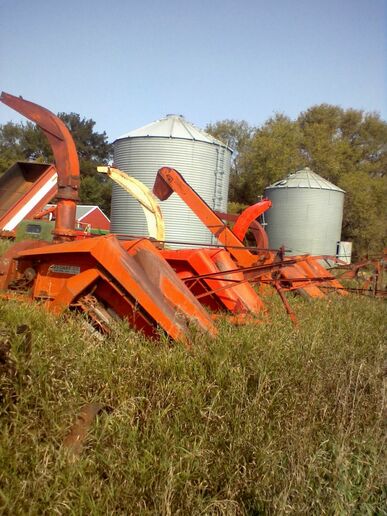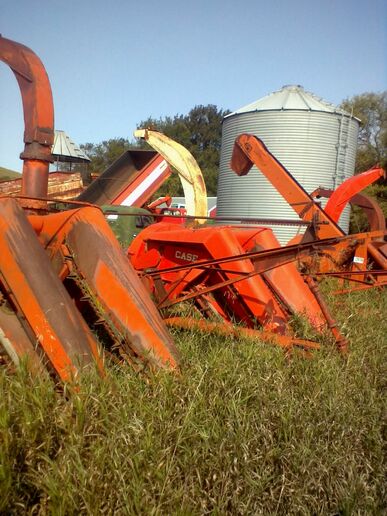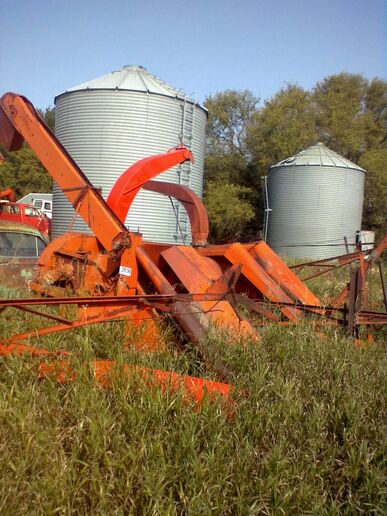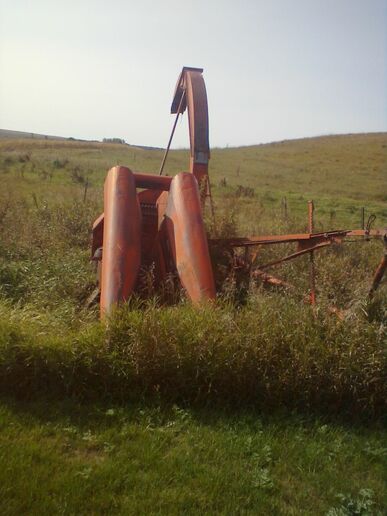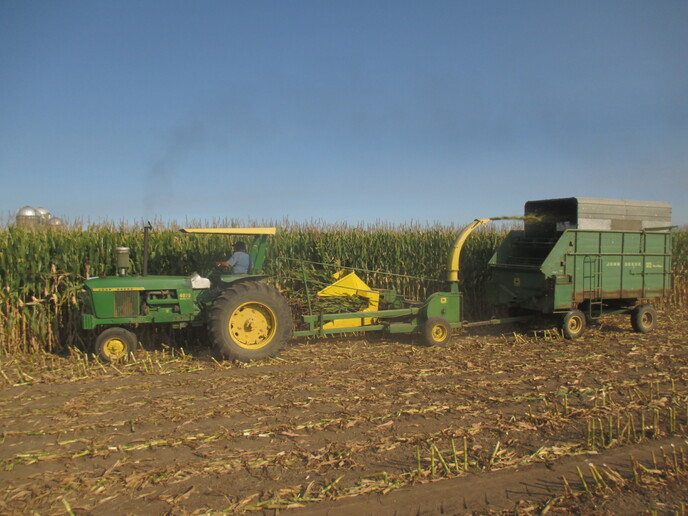When did farmers begin to chop corn for silage? Was it back in the Farmall M days or later? The earliest pull behind choppers - one row?
I know nothing about chopping corn for silage, but a couple of farms do it around here. Saw a YouTube video of a guy chopping silage with a 2 row chopper and a JD 4440 and thought - in the 70’s there were some fairly large acres of corn and if you’re chopping 2 rows per pass, you’re back to covering a field in the same time it might have took a Farmall M with a 2 or 3 bottom plow. I was also thinking that if it takes the hp of a 4440 to do 2 rows, chopping corn may have came about after the Farmall M and 2 cylinder tractor days - but don’t have a clue.
Chopping corn with a pull behind chopper, when did it begin, how many rows chopped in one pass and what tractors were used to do it?
Just curious.
Thanks!
Bill
I know nothing about chopping corn for silage, but a couple of farms do it around here. Saw a YouTube video of a guy chopping silage with a 2 row chopper and a JD 4440 and thought - in the 70’s there were some fairly large acres of corn and if you’re chopping 2 rows per pass, you’re back to covering a field in the same time it might have took a Farmall M with a 2 or 3 bottom plow. I was also thinking that if it takes the hp of a 4440 to do 2 rows, chopping corn may have came about after the Farmall M and 2 cylinder tractor days - but don’t have a clue.
Chopping corn with a pull behind chopper, when did it begin, how many rows chopped in one pass and what tractors were used to do it?
Just curious.
Thanks!
Bill


